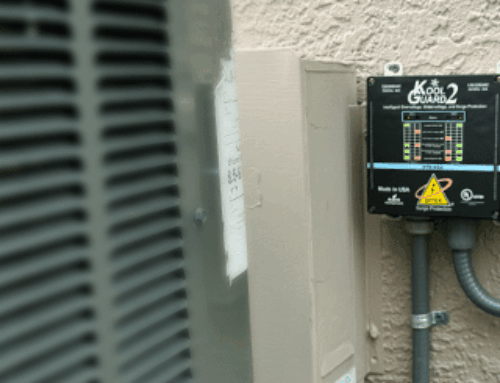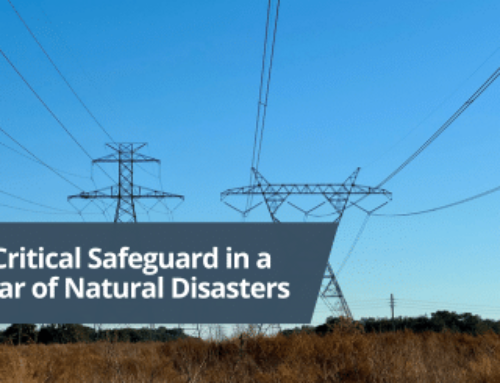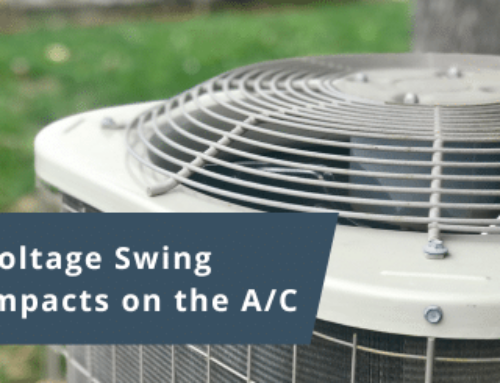Surge Protection Now Mandatory for Fire Alarm Systems
Fire alarms are an essential safety feature in any building, alerting occupants to the presence of smoke or fire, of course. But an alarm system can only protect you if it’s working properly. Did you know that your fire alarm system could silently fail due to an electrical surge?
Power fluctuations—often undetected—can damage fire alarm components, rendering them useless when you need them the most. That’s why the 2023 National Electrical Code (NEC) now mandates listed surge-protective devices (SPDs) for fire alarm systems to ensure they remain operational.
Why Surge Protection Matters for Fire Alarm Systems
Electrical surges happen more often than you think. Whether caused by lightning strikes, utility grid fluctuations, or internal electrical issues, these surges can severely damage your fire alarm’s control panel. A damaged system might not activate in an emergency, putting lives and property at risk.
Installing an SPD at the power source of your fire alarm system helps prevent this damage, ensuring that your alarm functions when it matters most.
What the 2023 NEC Code Says
To enhance fire safety, the 2023 NEC now requires that all fire alarm control panels include a listed surge-protective device (SPD) on the supply side. This means surge protection must be installed at the power source, shielding the alarm system from electrical damage.
This update is critical because it:
✅ Protects fire alarm systems from power surges
✅ Reduces the risk of fire alarms failing when needed
✅ Helps ensure compliance with modern electrical safety standards
Proper Installation is Key
Even the best surge protectors won’t work if they aren’t installed correctly. According to inspectors at DITEK Surge Protection, up to 75-80% of SPDs are improperly installed, putting alarm systems at risk. Not only does this mean an SPD is unable to effectively protect the system, but key features of certain devices may not function properly or are not used entirely.
For example, DITEK’s unique Deflector Series includes visible, audible, and dry-contact triggered alerts to immediately signal when protection has been compromised. Given that an SPD is intended to eventually reach its end-of-life, these notifications are crucial for ensuring staff can quickly and easily reinstate protection. (Note, the modular design of this series contributes to the rapid replacement.)
Electricians and fire safety professionals should ensure they follow proper installation procedures to maximize the effectiveness of SPDs.
The Cost of an Unprotected Fire Alarm System
A random power surge from the grid destroyed the fire alarm system at a popular Florida resort in 2022. After replacing the system, paying the local fire department for a mandate “fire watch,” and installing advanced surge protection solutions to cover the entire new fire alarm and safety system from future damage, the expenses totaled more than $300,000. Had surge protection been in place beforehand, the resort likely could have saved a large portion of those expenses and prevented a significant amount of downtime.
Training and Resources for Proper Installation
To help professionals stay compliant and improve installation accuracy, DITEK offers short, free online courses through DITEK University as well as in-person training. These courses and training sessions provide clear, practical guidance on the correct installation of surge protection devices.
Is Your Fire Alarm System Up to Code?
If your building’s fire alarm system does not yet have a surge protection device installed at the power source, it may not be compliant with the 2023 NEC standards. Consult with a qualified electrician to ensure your system is properly protected and up to code.
For more information about surge protection requirements and installation best practices, visit DITEK University, view the Protecting Fire and Life Safety Systems whitepaper, or contact a fire safety expert today.




